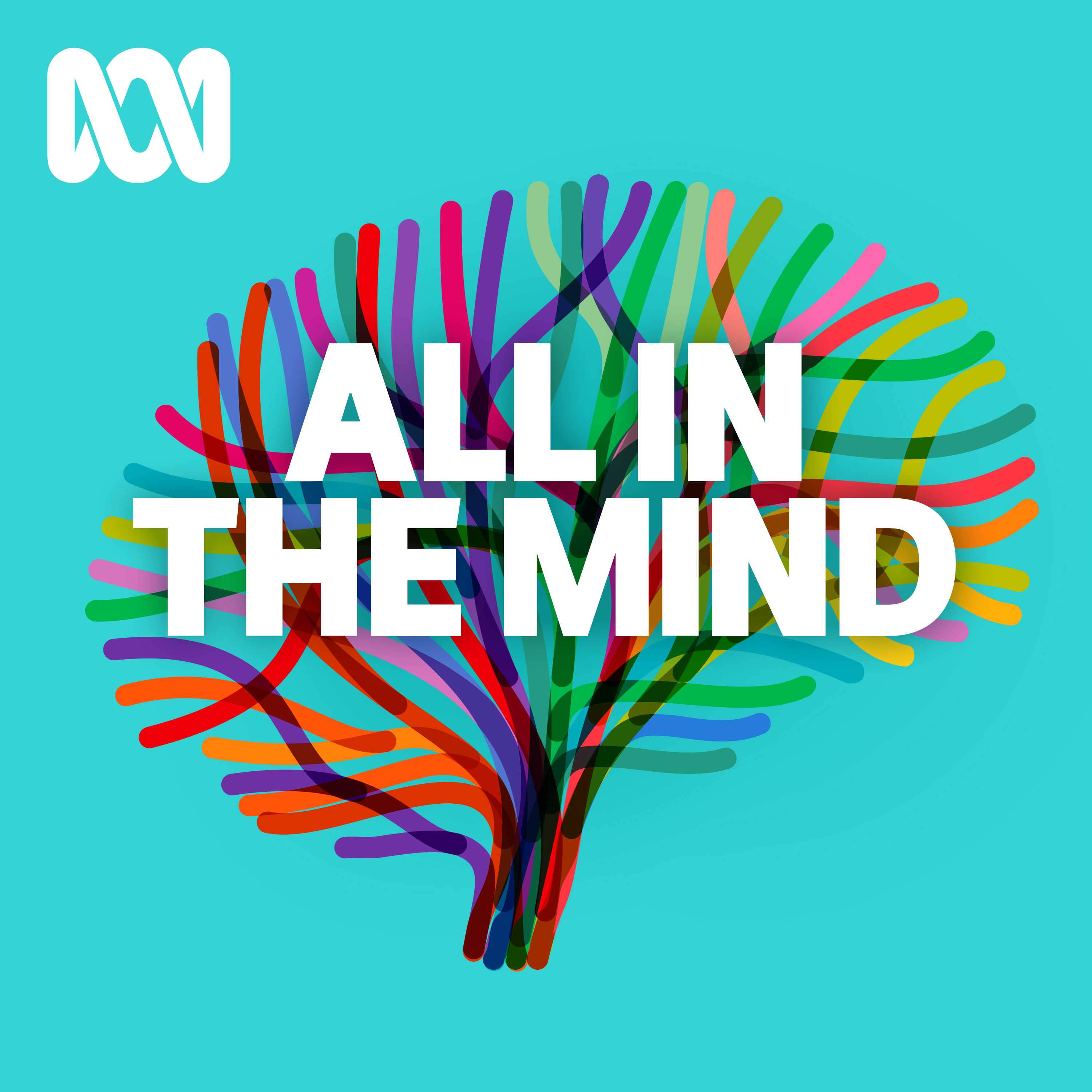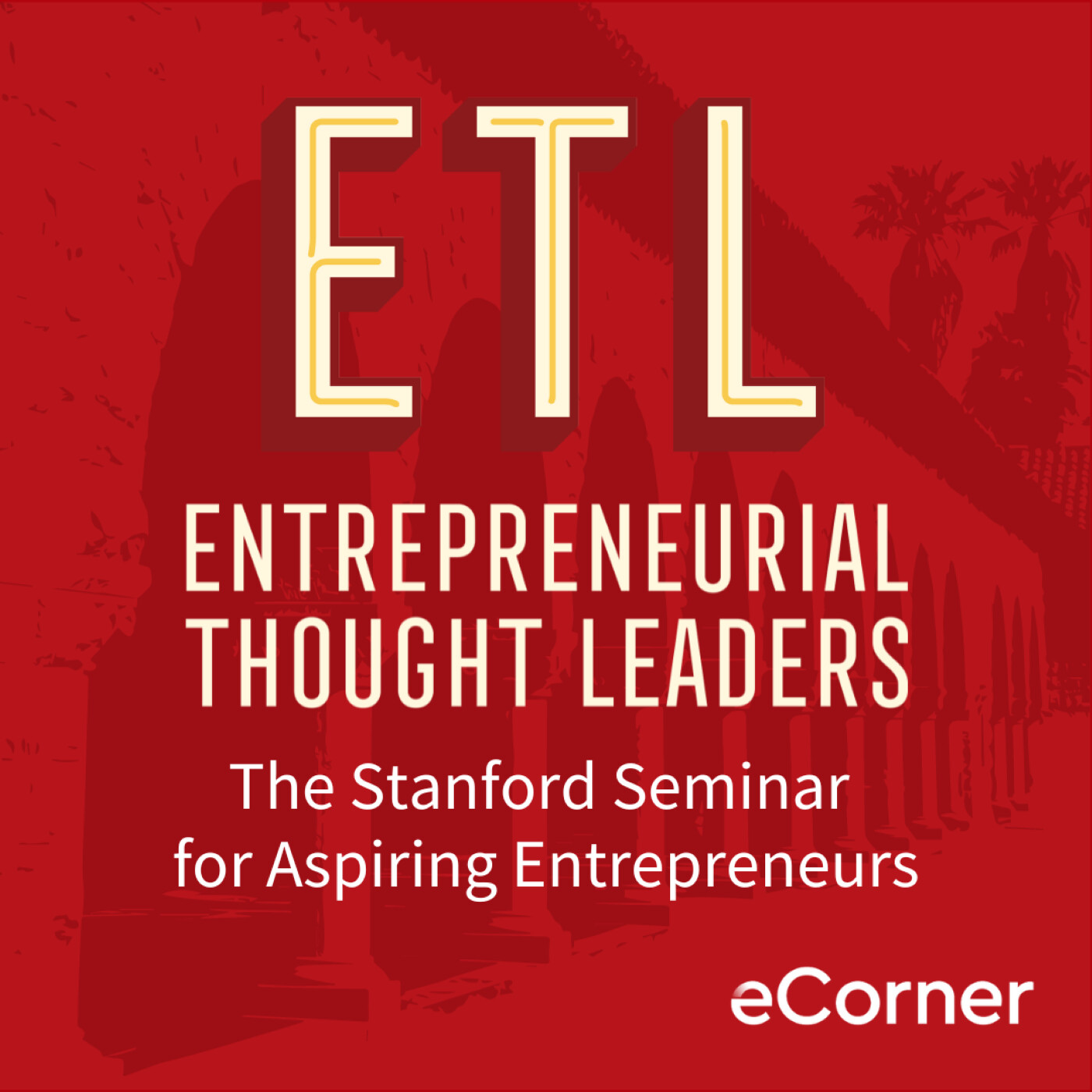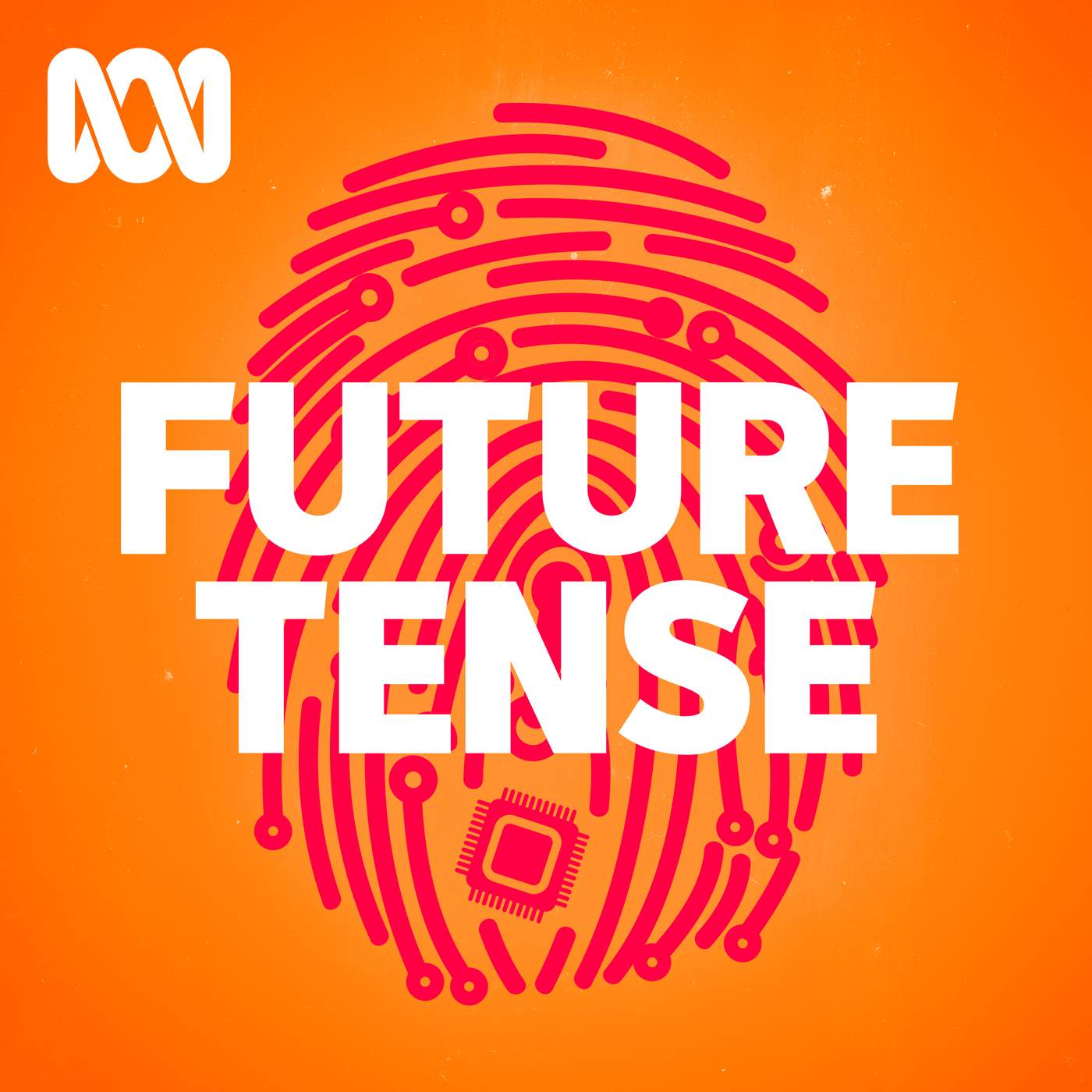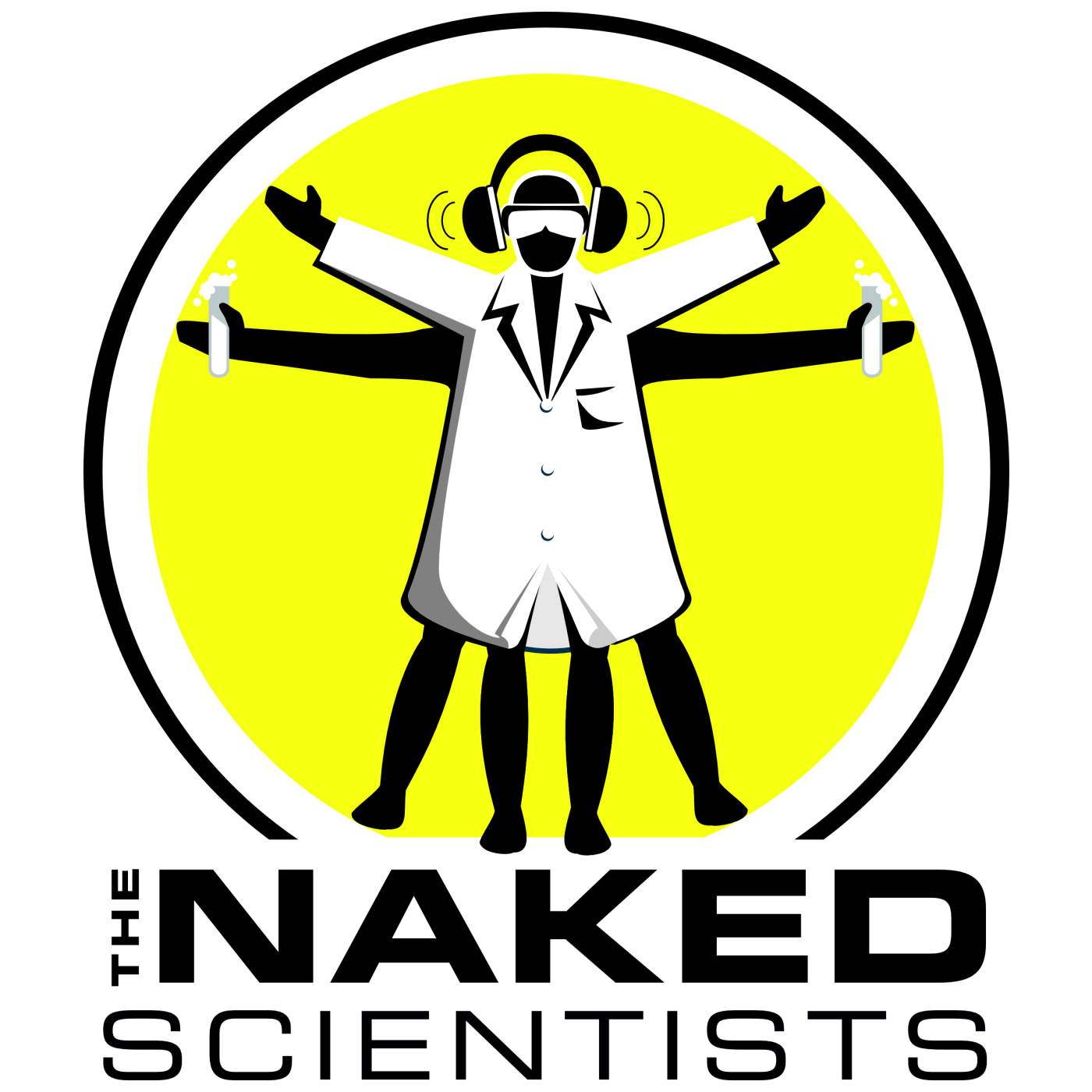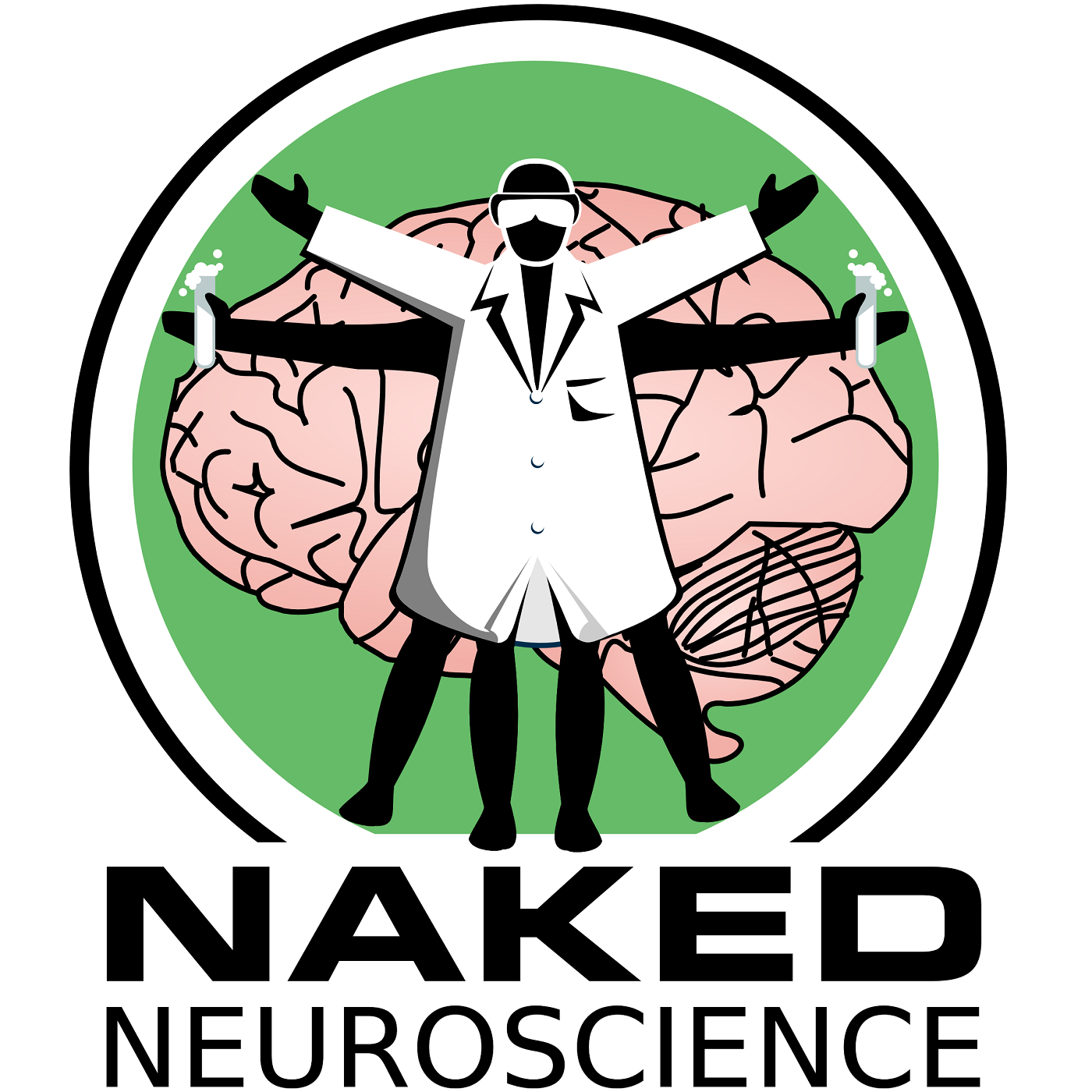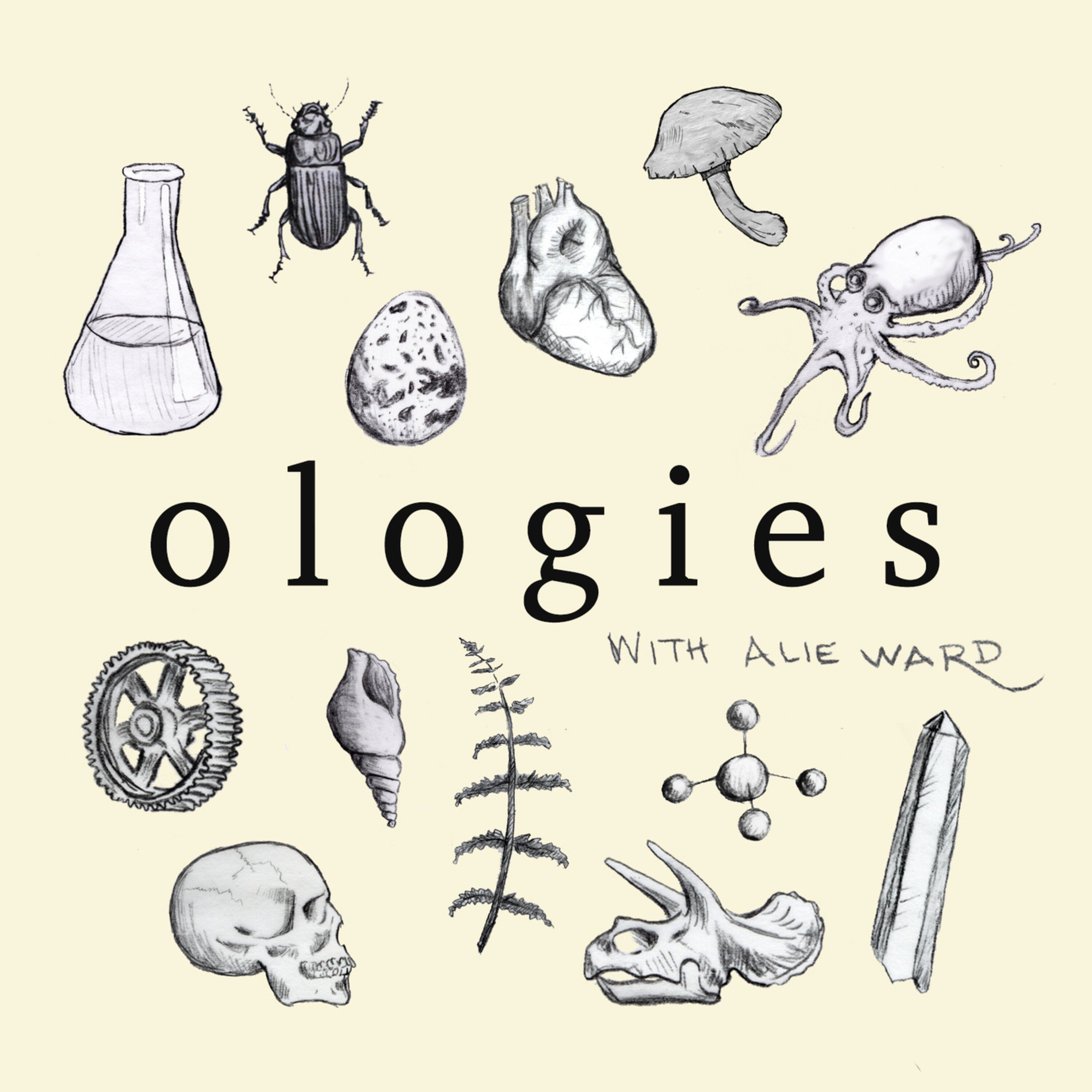
Heliox: Where Evidence Meets Empathy 🇨🇦
Join our hosts as they break down complex data into understandable insights, providing you with the knowledge to navigate our rapidly changing world. Tune in for a thoughtful, evidence-based discussion that bridges expert analysis with real-world implications, an SCZoomers Podcast
Independent, moderated, timely, deep, gentle, clinical, global, and community conversations about things that matter. Breathe Easy, we go deep and lightly surface the big ideas.
Curated, independent, moderated, timely, deep, gentle, evidenced-based, clinical & community information regarding COVID-19. Since 2017, it has focused on Covid since Feb 2020, with Multiple Stores per day, hence a sizeable searchable base of stories to date. More than 4000 stories on COVID-19 alone. Hundreds of stories on Climate Change.
Zoomers of the Sunshine Coast is a news organization with the advantages of deeply rooted connections within our local community, combined with a provincial, national and global following and exposure. In written form, audio, and video, we provide evidence-based and referenced stories interspersed with curated commentary, satire and humour. We reference where our stories come from and who wrote, published, and even inspired them. Using a social media platform means we have a much higher degree of interaction with our readers than conventional media and provides a significant amplification effect, positively. We expect the same courtesy of other media referencing our stories.
Heliox: Where Evidence Meets Empathy 🇨🇦
The AI That Actually Thinks: Why DeepSeek R1 Changes Everything
Remember when we thought AI was just fancy autocomplete?
Those days are over.
The latest breakthrough in AI isn't about generating more convincing text or prettier pictures. It's about something far more fundamental: teaching machines to actually think and reason like humans do. DeepSeek R1, a new family of AI models, represents a seismic shift in how artificial intelligence approaches problem-solving, and it's happening right under our noses.
Here's why this matters: Until now, even our most advanced AI systems have essentially been incredibly sophisticated pattern-matching machines. They could generate human-like text and even solve complex problems, but they were doing it through brute-force pattern recognition, not actual reasoning. It's like the difference between a student who memorizes answers versus one who understands the underlying principles.
DeepSeek R1 changes this paradigm completely.
In this fascinating episode of the Heliox Podcast, we take a deep dive into DeepSeek R1, a groundbreaking advancement in AI reasoning capabilities. Join us as we explore how researchers are teaching AI to think more like humans through reinforcement learning. We'll unpack how this open-source project compares to leading models like OpenAI's offerings, discuss the practical applications of enhanced AI reasoning, and examine the broader implications for society. From the technical innovations to the ethical considerations, this episode offers an engaging look at how AI is evolving from simply generating text to actually solving complex problems through logical deduction and strategic thinking. Whether you're an AI enthusiast or
This is Heliox: Where Evidence Meets Empathy
Independent, moderated, timely, deep, gentle, clinical, global, and community conversations about things that matter. Breathe Easy, we go deep and lightly surface the big ideas.
Thanks for listening today!
Four recurring narratives underlie every episode: boundary dissolution, adaptive complexity, embodied knowledge, and quantum-like uncertainty. These aren’t just philosophical musings but frameworks for understanding our modern world.
We hope you continue exploring our other podcasts, responding to the content, and checking out our related articles on the Heliox Podcast on Substack.
About SCZoomers:
https://www.facebook.com/groups/1632045180447285
https://x.com/SCZoomers
https://mstdn.ca/@SCZoomers
https://bsky.app/profile/safety.bsky.app
Spoken word, short and sweet, with rhythm and a catchy beat.
http://tinyurl.com/stonefolksongs
Curated, independent, moderated, timely, deep, gentle, evidenced-based, clinical & community information regarding COVID-19. Since 2017, it has focused on Covid since Feb 2020, with Multiple Stores per day, hence a large searchable base of stories to date. More than 4000 stories on COVID-19 alone. Hundreds of stories on Climate Change.
Zoomers of the Sunshine Coast is a news organization with the advantages of deeply rooted connections within our local community, combined with a provincial, national and global following and exposure. In written form, audio, and video, we provide evidence-based and referenced stories interspersed with curated commentary, satire and humour. We reference where our stories come from and who wrote, published, and even inspired them. Using a social media platform means we have a much higher degree of interaction with our readers than conventional media and provides a significant amplification effect, positively. We expect the same courtesy of other media referencing our stories.
Hey everyone and welcome back. Lately we've been really captivated by this whole thing with large language models, LLMs, and specifically how they're getting so much better at reasoning, almost like you know us humans. So to really dig into this we've got a brand new research paper hot off the press. It's called DeepSeq R1, Incentivizing Reasoning Capability in LLMs via Reinforcement Learning. And get this, it's authored by DeepSeq AI and a huge team of 199 other researchers. Wow, 199 other researchers. I know, it's a massive collaboration. And to add to that we're also going to take a quick look at their DeepSeq v3 project over on GitHub, just to see if we can get any hints about where this whole tech is headed. Yeah, you know it's really remarkable to see this much focus on AI reasoning these days. Like for a long time LLMs were mostly about generating text that just sounded human, but now we're seeing a real push towards models that can actually think and solve problems. Yeah, it's like the difference between a parrot mimicking human speech and actually understanding what's being said. So let's start with DeepSeq R1. This isn't just one model though. It's a whole family of LLMs, all designed with this enhanced reasoning in mind. Yeah, and what's striking is that they come in different sizes to cater to different computational needs. But the really cool part is how they're trained. DeepSeq R1 uses something called reinforcement learning, or RL for short. Okay, reinforcement learning, break that down for me. What's the big deal here? Okay, so imagine you're teaching a dog a new trick right. Yeah. You give them a treat when they do it right, and over time they learn. Well, RL is similar. The AI gets like a virtual reward when its reasoning leads to the correct results. And the more it gets things right, the more refined its logic becomes. Now what's fascinating is that DeepSeq AI actually built two versions. DeepSeq R1.0 and just DeepSeq R1. Oh, two versions. So was one like a failed experiment or something? Not at all. DeepSeq R1.0 was more like a proof of concept. They trained it purely with RL, no prior fine tuning or anything. And it still showed some pretty strong reasoning skills, which is a big deal because it suggests that RL itself might hold a key to unlocking this powerful reasoning in AI, even without tons of preexisting data. So DeepSeq R1.0 was like the talented but unpolished rookie, and then they refined it into DeepSeq R1. Exactly. They incorporated multi-stage training and used what they call cold start data, basically giving it a stronger foundation before unleashing the power of RL. And their results are pretty impressive. DeepSeq R1.0 is now performing on par with some of the top models out there, like OpenAI's O1.12.17, especially when it comes to tasks involving logical deduction and problem solving. Wow, going head to head with the big names already. That's got to be a win for the DeepSeq team. For sure. And what makes it even better is that they've made all of this open source, DeepSeq R1.0, DeepSeq R1. And six dense models derived from R1. They're basically saying, hey, let's all benefit from this and push the boundaries of what's possible together. I love that. I love that collaborative spirit. Open source projects are just such a cool way for researchers to build on each other's work. And this is especially powerful because these models are based on Quinn and Lama, two other major players in the AI world. It's like they're combining the best of what's out there and making it available to everyone. Exactly. It shows how interconnected this field really is. Everyone's learning from each other and building on previous successes, which is incredibly exciting. Now let's shift gears for a moment and talk about DeepSeq's GitHub page, specifically their DeepSeq v3 project. Ah, yes, the mysterious DeepSeq v3. I'm curious, what can we actually learn from their GitHub, even without all the nitty gritty details? While the source material doesn't explicitly confirm it, it's very likely that DeepSeq v3 is the source code repository for these models. So it's a potential gold mine of information for anyone who wants to delve deeper into the code. That's something our more technically inclined listeners might want to check out. Who knows what gems they might uncover. But even without cracking open the code, what do you think are the biggest takeaways from this research so far? I think the main takeaway is that we're witnessing a paradigm shift in AI. Reasoning, which was once considered the exclusive domain of human intelligence, is becoming increasingly accessible to machines. And the implications of that are enormous. Okay, so we're on the verge of some pretty big changes. But before we go there, I think we should take a closer look at how this reasoning actually works. What are these LLMs capable of? And what makes them different from previous generations of AI? Let's unpack that in the next part of our deep dive. Thank you to everyone who has left such positive reviews on our podcast episodes. It helps to make the podcast visible to so many more people. We read them all. Back to Heliox. Where evidence meets empathy. You're right, we should definitely dive into what this kind of reasoning actually looks like in practice. It's one thing to say an AI can reason, but what does that really mean in the world of bits and bytes? Yeah, exactly. It's easy to get caught up in all the hype. But I'm curious about the specifics. Like what kinds of problems can these LLMs actually solve? Well, think about tasks that require logical deduction, like solving puzzles, understanding complex instructions, or even planning a multi-step process. These are things that LLMs are getting increasingly good at, for example. Imagine giving an LLM a set of rules for a game and then asking it to come up with a winning strategy. That's something that DeepSeek R1, with its enhanced reasoning abilities, could potentially handle. That's pretty impressive. So we're talking about AI that can strategize, not just follow pre-programmed instructions. But what sets this type of reasoning apart from what we've seen in previous AI? I'd say a key difference is the ability to handle novel situations. Older AI systems were great at following rules and patterns they'd been trained on, but they often struggled when faced with something unexpected. LLMs with advanced reasoning capabilities can adapt and come up with solutions on the fly, even in situations they haven't encountered before. That adaptability is what really sets them apart. It's like the difference between memorizing a textbook and actually understanding the concepts so you can apply them to new problems. But I'm still a bit fuzzy on how this learning actually happens. Can you break it down for me? Sure. Remember we talked about reinforcement learning, or RL. It's like giving the AI a virtual pat on the back when it reasons correctly. The model gets feedback on its outputs, and that feedback shapes its future decision-making. Over time, it learns to favor lines of reasoning that lead to successful outcomes. So it's not just about processing massive amounts of data anymore. It's about the AI learning from its own experiences, almost like trial and error in humans. Exactly. And the more it experiments and gets things right, the more sophisticated its reasoning becomes. It's a continuous learning process, and that's what makes it so powerful. But let's go back to DeepSeek R1 for a moment. We talked about its performance being on par with some leading models. Can you give me some specific examples of what it can do? Yeah, you're right. Let's get concrete. What are some real-world applications where DeepSeek R1 shines? Well, one area where it excels is in tasks that require logical inference. For instance, imagine you give DeepSeek R1 a series of statements like, "All birds can fly. Penguins are birds." Then you ask, "Can penguins fly?" It sounds like a simple logic puzzle. What would DeepSeek R1 do? It would use its reasoning capabilities to deduce the correct answer, which is no, even though the initial statements might seem contradictory. This ability to draw logical conclusions from incomplete or seemingly conflicting information is a key aspect of human-like reasoning. So it's not just about pattern recognition. It's about understanding the underlying relationships between concepts and using that understanding to solve problems. Pretty impressive for an AI. But I imagine there are still limitations, right? No system is perfect, especially at this stage of development. Of course. Like any technology, LLMs with enhanced reasoning are still under development. One of the challenges is ensuring that their reasoning aligns with human values and common sense. Right. That makes sense. We want AI that can think logically, but also operate within the bounds of what we consider ethical and safe. Exactly. And that's where ongoing research is focused, on developing techniques to align AI's reasoning with human expectations and ensure its outputs are both logically sound and ethically appropriate. So it's not just about building smarter AI. It's about building AI that's aligned with our values and goals. But let's step back for a second and talk about the bigger picture. We've covered how these LLMs work and what they can do. Now, what does it all mean? How might this technology change the world as we know it? That's the question, isn't it? The potential impact of AI with advanced reasoning is enormous. We're talking about a future where AI could assist us with complex problem solving in virtually every field, from scientific research to health care to everyday decision making. That sounds like something straight out of a sci-fi movie. But how realistic is it? When might we start seeing these kinds of changes? Well, while it's difficult to predict with certainty, the pace of advancement in AI is incredible. It's not unreasonable to think that within the next few years, we could see AI systems capable of providing personalized medical diagnoses, optimizing complex logistical operations, or even assisting in the development of new scientific theories. Wow. That's pretty mind-blowing. It seems like we're standing at the dawn of a new era, one where AI is no longer just a tool, but a collaborator. I think that's a great way to put it. AI with advanced reasoning has the potential to become a true partner in our endeavors, helping us to push the boundaries of what's possible and to solve some of the world's most challenging problems. But it's important to remember that with any powerful technology, there are also potential risks. You're right. We need to be mindful of the potential downsides as well. What are some of the things we need to be cautious about as this technology develops? One concern is the potential for misuse. As AI systems become more sophisticated, it's important to ensure that they are used for good and not for harmful purposes. We need to think carefully about the ethical implications of this technology and develop safeguards to prevent its misuse. That's a crucial point. We don't want to create tools that could be used to harm others or undermine our values. Absolutely. And another consideration is the impact on the job market. As AI becomes more capable of performing tasks that were once done by humans, we need to think about how we can adapt and ensure that everyone benefits from these advancements. It's a valid concern. How do we make sure that the benefits of AI are shared equitably and that no one is left behind? That's a complex challenge and there's no easy answer. But I think it starts with education and training, equipping people with the skills they need to thrive in an AI-powered world. We also need to foster a culture of lifelong learning so that people can adapt and evolve as technology continues to advance. It sounds like we need to be proactive in preparing for the changes that AI will bring. But I have to admit, it's all a bit overwhelming. Where do we even begin? I think a good starting point is to stay informed. Read about the latest developments, engage in discussions, and ask questions. The more we understand about this technology, the better equipped we'll be to navigate its challenges and harness its potential. That's great advice. Knowledge is power. Especially when it comes to something as complex and rapidly evolving as AI. But before we get too lost in the future, let's bring it back to the present. We talked about the DeepSeek v3 project on GitHub earlier. What kind of clues might we find there about the future direction of AI reasoning? That's a great segue. While we can't reveal the specific contents of their code base, you could say that open source projects like this are often a breeding ground for innovation. They allow developers around the world to collaborate, share ideas, and build upon each other's work. It's like a global brainstorming session. And you never know what brilliant ideas might emerge. It sounds like DeepSeek v3 could be a window into the future of AI reasoning. What are some of the key areas that researchers might be focusing on as they push the boundaries of this technology? One area of active research is improving the explainability of AI reasoning. Right now, many AI systems operate as black boxes. We can see the inputs and outputs. But it's often difficult to understand how they arrived at those conclusions. That makes sense. If we're going to trust these AI systems with important decisions, we need to be able to understand their thought process. Exactly. So researchers are working on developing techniques to make AI reasoning more transparent so that we can understand the steps involved and the logic behind the decisions. This is crucial for building trust and ensuring that these systems are used responsibly. Another key area of focus is improving the robustness of AI reasoning. Robustness. What does that mean in this context? It means making sure that AI systems can handle unexpected situations and inputs gracefully. Without breaking down or producing nonsensical results. Think about it like this. Humans are pretty good at dealing with ambiguity and inconsistencies. We can use our common sense and knowledge of the world to fill in the gaps and make reasonable inferences. But AI systems often struggle with this. They tend to be very literal and rule-based. So even a small deviation from the expected input can throw them off. So researchers are trying to make AI more human-like in its ability to handle the messy realities of the world. That's a great way to put it. They're working on developing AI systems that are more flexible, adaptable, and resilient so that they can function effectively in a wide range of situations. And another fascinating area of exploration is the integration of different types of reasoning. Different types of reasoning? What do you mean by that? Well, so far we've mostly talked about logical reasoning. But there are other forms of reasoning that are important for human intelligence, such as analogical reasoning, causal reasoning, and even emotional reasoning. Wait, emotional reasoning in AI? That sounds a bit like science fiction. It's definitely an area that's still very much in its early stages. But the idea is that AI systems could benefit from being able to understand and respond to human emotions, not just process information logically. That would definitely be a game changer. Imagine AI systems that can not only understand our requests, but also empathize with our feelings and tailor their responses accordingly. It would be like having a truly intelligent assistant that can understand us on a deeper level. Exactly. It's a vision that still weighs off, but it's one that many researchers are excited about. And as we continue to explore the possibilities of AI reasoning, I think it's important to keep this broader perspective in mind. It's not just about building machines that can think logically. It's about building machines that can understand the world and interact with us in a way that feels natural, intuitive, and even, dare I say, human-friendly. That's a powerful thought. And it brings us back to the core mission of our deep dive. We set out to understand how researchers are pushing the boundaries of AI reasoning. And I think we've definitely achieved that. We've explored the latest breakthroughs, the potential benefits, and the challenges that lie ahead. But before we wrap up, there's one more aspect of DeepSeek's work that we haven't discussed yet. And it might just hold the key to unlocking even greater levels of AI intelligence. You're talking about their work on artificial general intelligence, or AGI, right? That's the holy grail of AI research, building machines that possess the same level of general intelligence as humans. And DeepSeek is one of the leading players in this field. But exploring their work on AGI would require a whole new deep dive, perhaps even a series of deep dives. You're absolutely right. That's a topic for another day. But for now, let's take a moment to reflect on what we've learned. We've witnessed the incredible progress that's been made in AI reasoning, and we've caught a glimpse of the transformative potential that this technology holds. But as we move forward, it's crucial that we do so with both excitement and caution, ensuring that AI is developed and used in a way that benefits all of humanity. And with that, I think we've reached the end of our deep dive. I want to thank you, our listeners, for joining us on this incredible journey into the world of AI reasoning. We hope you found it as fascinating and thought-provoking as we have. It feels like we've covered so much ground in this deep dive, you know, from the nitty gritty of how these models are trained to the mind-blowing possibilities they unlock. Yeah, it really is amazing to think how quickly things are evolving in the world of AI. Just a few years ago, the idea of an AI understanding logic like this would have seemed like pure science fiction. Right. And yet here we are. But you know, what's really struck me throughout this conversation is the emphasis on collaboration. Like we talked about how the DeepSeek team build on existing models like QWEN and LLAMA, and then they made their own work open source for others to use. Yeah, it definitely speaks to a real shift in the AI community towards this openness and shared progress. And this kind of collaborative spirit is what's going to propel us forward and lead to even more groundbreaking discoveries. It's like everyone's realizing that we're all in this together, right? The potential of AI is just too vast, too impactful for any one company or research group to hold all the cards. I totally agree. And that open approach is critical, not just for accelerating the pace of development, but also for ensuring that these technologies are used responsibly and ethically. Which brings up a question that I've been pondering throughout this whole deep dive. We've talked about all the potential benefits of AI reasoning, from scientific breakthroughs to personalized medicine. But what about the potential risks? How do we make sure that these powerful tools aren't misused? That's the million dollar question, and one that researchers, policy makers, and society as a whole are grappling with. There's no easy answer. But I think a key part of the solution lies in transparency. Transparency. How does that play into responsible AI development? Well, imagine if these AI systems were like these black boxes, where we could see the inputs and outputs, but had absolutely no idea what was happening inside. That would make it incredibly difficult to understand how decisions were being made, and to identify potential biases or unintended consequences. So making the inner workings of these AI systems more understandable is crucial for building trust and ensuring that they're aligned with our values. Precisely. And that's where techniques like explainable AI come in. Researchers are developing methods to make AI reasoning more transparent, so we can actually trace the steps involved in the decision making process and understand the logic behind the outputs. That makes a lot of sense. If we can't understand how an AI is arriving at its conclusions, it's going to be really difficult to trust it with important tasks. Exactly. And transparency also allows for greater accountability. If something goes wrong, if an AI system makes a decision that leads to harmful consequences, we need to be able to trace it back to the source and understand why it happened. It's like having a clear audit trail, so we can identify and correct any problems that arise. But transparency is just one piece of the puzzle, right? What other safeguards do we need to put in place? Well, another crucial aspect is ensuring that AI systems are designed with human values and ethical considerations in mind. From the very beginning, it's not enough to simply build a powerful AI that can reason logically. We need to make sure that its reasoning aligns with our moral principles and that it's used for the betterment of society. So it's not just about the technical capabilities. It's about the ethical framework that guides their development and deployment. And that brings us back to the importance of collaboration. We need experts from diverse fields, not just computer scientists, but ethicists, philosophers, social scientists, all working together to shape the future of AI in a responsible way. I couldn't agree more. It's a multidisciplinary challenge that requires a collective effort. And it's something that we as a society need to be actively engaged in. We can't simply leave it to the experts and hope for the best. We all have a role to play in shaping the future of AI. So what can our listeners as individuals do to contribute to this conversation and ensure that AI is developed and used for good? Well, I think a great starting point is simply staying informed. Read articles and books about AI, listen to podcasts like this one, and engage in discussions with friends and family. The more we understand about this technology, the better equipped we'll be to make informed decisions about its future. Knowledge is power, especially when it comes to something as complex and rapidly evolving as AI. Absolutely. And don't be afraid to voice your opinions and concerns. Contact your elected officials, support organizations working on AI ethics, and engage in online forums and discussions. The future of AI is not predetermined. It's something we're all shaping together. That's a powerful message. We're not just passive observers in this technological revolution. We have a voice and we have a responsibility to use it. Exactly. And as we navigate this uncharted territory, it's important to remember that AI is ultimately a tool. It's a tool that can be used for good or for bad, depending on the choices we make. So let's choose wisely. Let's choose to develop AI that empowers us, that enhances our lives, and that helps us create a more just and sustainable world for all. Beautifully said. And on that note of hope and possibility, I think we'll wrap up this deep dive. A huge thank you to our expert for sharing their insights. And to you, our listeners, for joining us on this fascinating journey. We hope you've learned something new and that you'll continue to explore the ever-evolving world of AI with a sense of curiosity, critical thinking, and a commitment to shaping a future where technology serves humanity. It's been a pleasure joining you on this deep dive. And remember, the future of AI is in our hands. Let's make it a future we can all be proud of.


